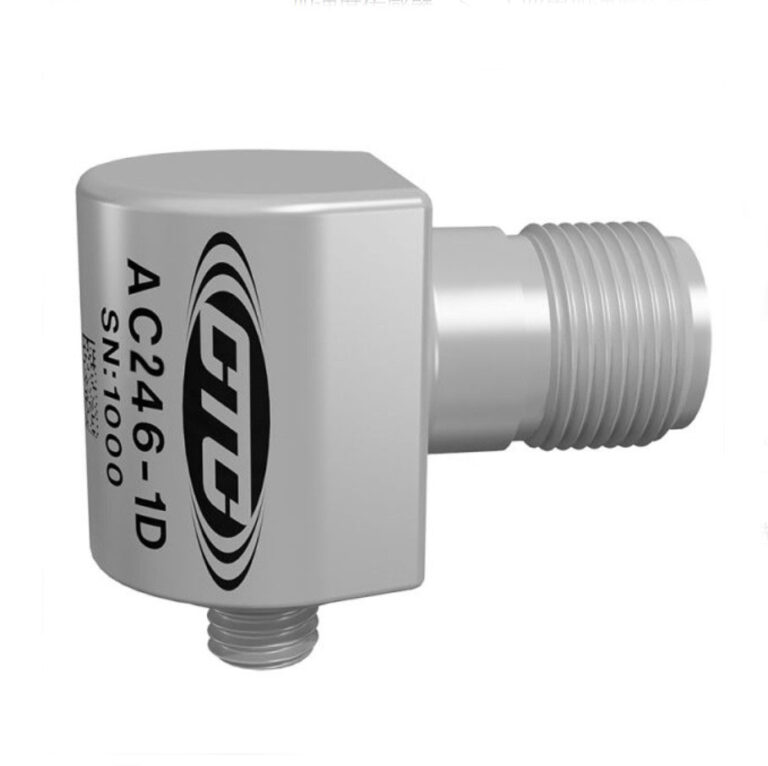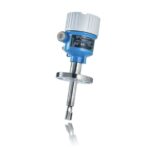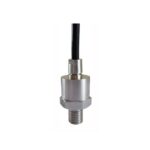An accelerometer is a sensor that converts acceleration signals into electrical signals. Its core principle is based on Newton’s second law of physics (F=ma).
According to different technical routes, the working principles of accelerometers can be divided into the following categories:
1. Piezoelectric Accelerometer
Principle: Utilize the piezoelectric effect.
When piezoelectric materials (such as quartz and ceramics) are subjected to mechanical stress (vibration or impact), a charge proportional to the acceleration will be generated on the surface.
The charge is converted into a voltage signal output through a built-in circuit.
Features:
No external power supply is required (passive), but a charge amplifier is required.
Suitable for high-frequency vibration measurement (typical frequency response range: 1 Hz~10 kHz).
Typical applications: industrial equipment vibration monitoring, impact testing.
Representative model: CTC TEB110 (IEPE type, built-in signal conditioning circuit).
2. Piezoresistive Accelerometer
Principle: Based on the piezoresistive effect.
Silicon or metal strain gauges deform under acceleration, causing their resistance to change.
The resistance change is converted into a voltage signal through a Wheatstone bridge circuit.
Features:
It can measure static acceleration (such as gravity) and low-frequency vibration (frequency response range: 0 Hz~2 kHz).
Requires external power supply (active).
Typical applications: car crash testing, inclination measurement.
3. Capacitive Accelerometer
Principle: Use capacitance changes to detect acceleration.
The interior consists of a movable proof mass and fixed electrodes.
Acceleration causes the proof mass to move, changing the capacitance between the two plates, which is converted into a voltage signal through a circuit.
Features:
High precision, low power consumption, suitable for micro-electromechanical systems (MEMS).
The frequency response range is wide (0 Hz~1 kHz), but the impact resistance is weak.
Typical applications: smartphone attitude detection, drone inertial navigation.
4. Thermal Convection Accelerometer
Principle: Sense acceleration by detecting changes in heat flow distribution.
Heating gas in a closed cavity causes the hot gas to shift and the temperature distribution to change.
Temperature sensors (such as thermocouples) detect temperature differences and output signals.
Features:
No moving parts, strong impact resistance, but slow response speed.
Typical applications: automotive airbag triggering, low-precision consumer electronics.
Key parameters and physical formulas
Sensitivity:
Definition: The ratio of the output electrical signal (mV) to the input acceleration (g) (such as 100 mV/g).
Formula:
S=Vout/a (unit: mV/g).
Frequency response:
The frequency range that the sensor can effectively measure (such as 0.5 Hz~5 kHz).
The high-frequency cutoff is determined by the resonance frequency of the mechanical structure.
Signal-to-noise ratio (SNR):
A key indicator of signal quality, affected by circuit design and materials.
Typical output signal of accelerometer
Analog signal: voltage or current signal (such as IEPE type accelerometer output 4~20 mA).
Digital signal: Some MEMS accelerometers directly output digital signals (such as SPI, I²C protocols).





